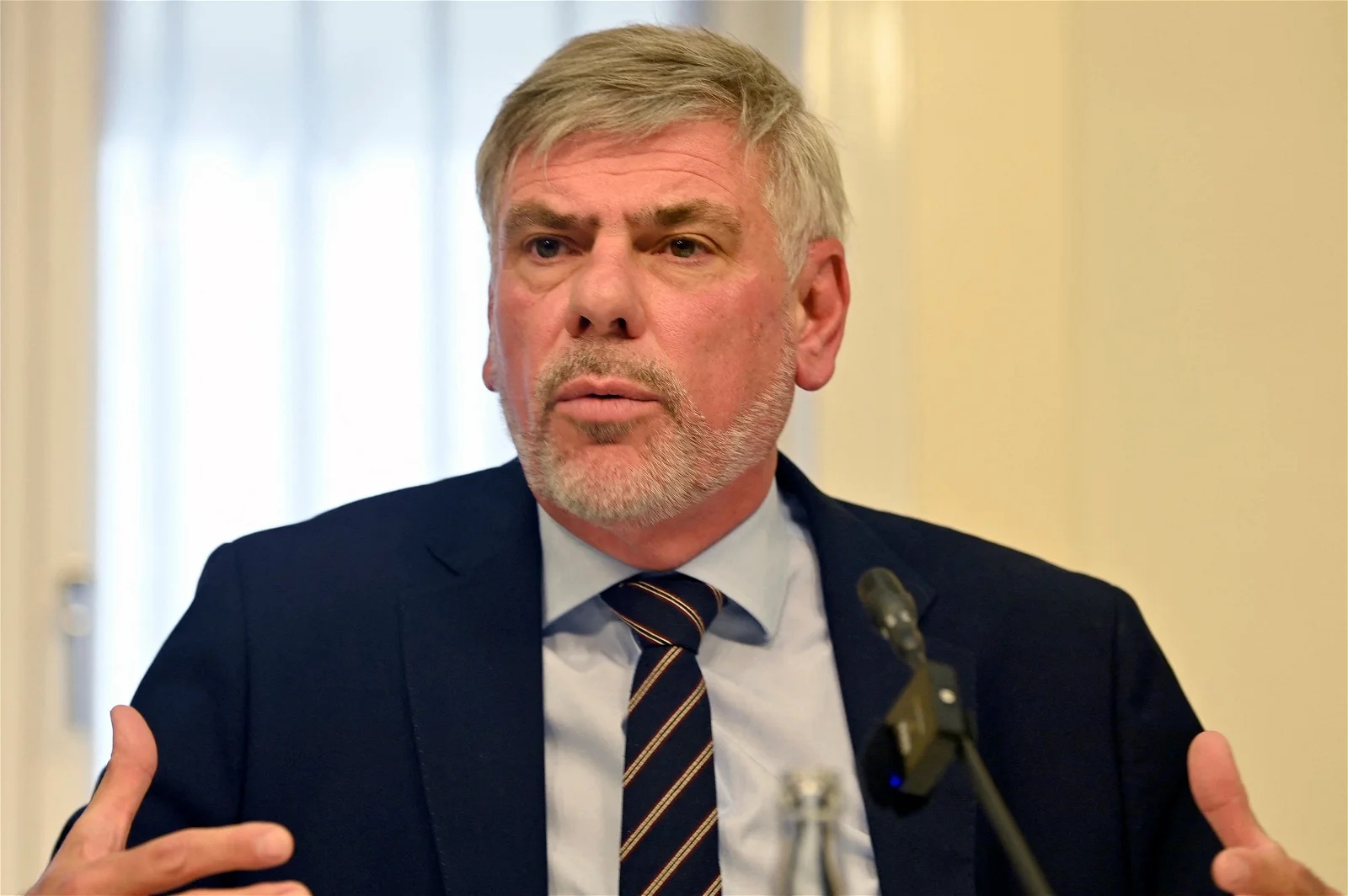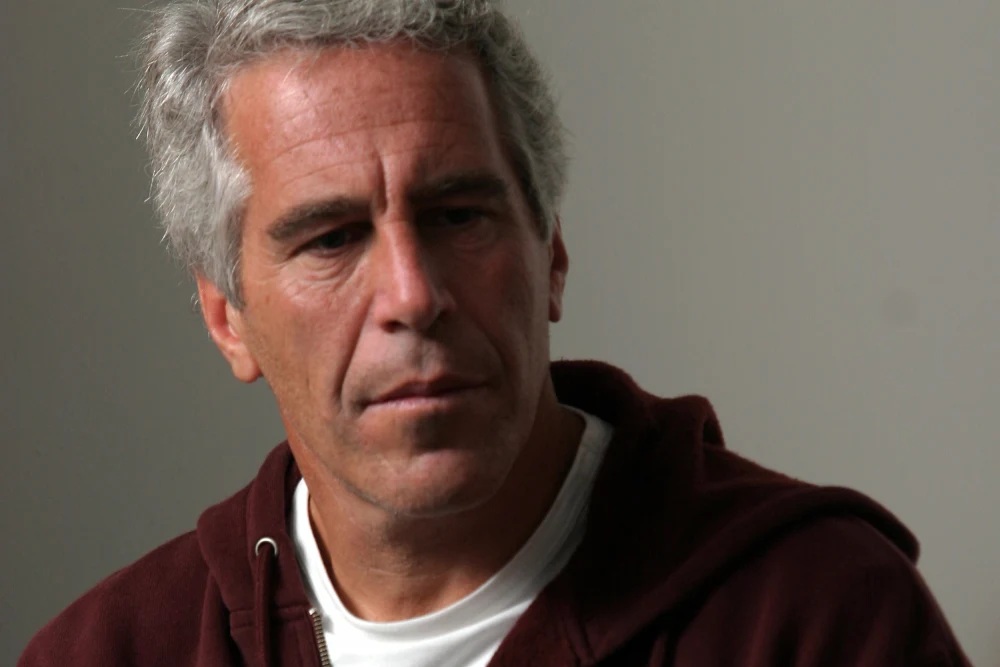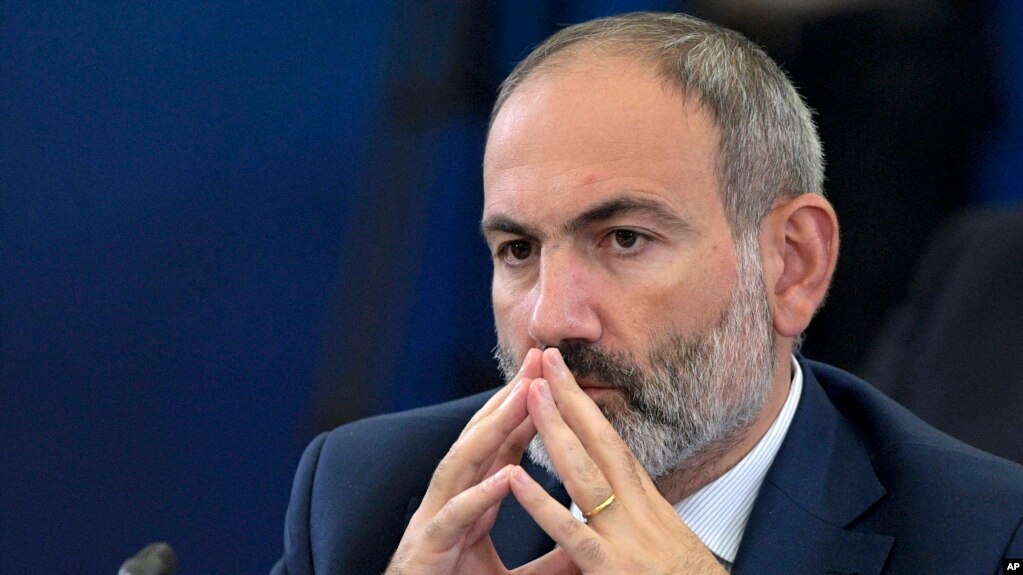
The social and economic corona lockdowns worldwide are not due to end anytime soon. The measures taken kill off businesses critical to the livelihoods of millions of people. They have precipitated the unemployment of tens of millions of people - and continue to cause an unprecedented global panic. World Health Organization (WHO) officials, politicians, and influential opinion leaders like Bill Gates state, on every occasion, that without a vaccine, life can never return to normal. Is a vaccine the only way to get out of this crisis?
By Arthur Blok & Marco Mattiussi
To put matters in perspective, it has been roughly eleven years since the world experienced its last pandemic with the H1N1 swine flu (2009). It was the second one in modern history since the 1918 Spanish flu. The latter remains the deadliest one in our history, killing millions in 2009 and 2010; H1N1 swine flu infected at least 1.4 billion people worldwide and killed between 150,000 and 300,000 people.
That pandemic was caused by a new strain of H1N1 that originated in Mexico in the spring of 2009 before spreading to the rest of the world. By June of that year, there were enough cases to push the WHO to declare the swine flu outbreak a pandemic. In the United States, the death rate was 0.02 percent, meaning that, on average, the virus was having a deadly effect on two persons out of 10.000 affected by it. The other 9.998 would then recover without complications.
H1N1 vaccine research started in April 2009, and a vaccine became available by December 2009. However, it is worth noting that a study published in the Journal of the American Medical Association in September 2010 reported that the 2009 H1N1 flu was “no more severe than the seasonal flu” after having analyzed all the data.
Despite this, people, most vulnerable and especially young children-, on Covid-19 (SARS-CoV-2) reveal that 96% have very mild flu-like symptoms from the currently active cases were vaccinated on a broad scale. In a review of the events, many health officials and scientists now claim that major pharmaceutical firms had organized a "campaign of panic" to put pressure on the WHO to declare a "false pandemic" to sell vaccines. Some even went as far as to call it one of the greatest medicine scandals of the century.
The latest statistics on Covid-19 (SARS-CoV-2) reveal that 96% have very mild flu-like symptoms of the currently active cases. Just 4% develop into serious or critical conditions, mainly because they suffer pre-existing conditions.
The WHO estimates the Coronavirus fatality rate to be around 2%. Many researchers and virologists disagree. They estimate this figure to be much lower when the amount of tested people increases. They expect it to be below 1%. For comparison, the case fatality rate for SARS-CoV in the period 2002/04 was nearly 10%, spreading to 29 countries and resulting in 8,096 people infected with 774 deaths.
Bill Gates & the vaccine obsession
It is no secret that in the past decade, the Bill and Melinda Gates Foundation (BMGF) purchased significant shares in various large pharmaceutical companies valued at hundreds of millions of US$. Furthermore, for years the BMGF - together with other BMGF-owned entities like the Gavi Vaccine Alliance - has been the most prominent private donor to WHO.
The BMGF began supporting WHO a decade ago. In 2013, it was the absolute largest donor, overtaking total contributions from the USA and the UK governments. In 2015, it donated nearly 182 million U$ to the WHO, followed by almost 127 million by Gavi. Since that year, the numbers have been on the rise, with annual contributions between 250 million US$ and 300 million. In 2018, this amount grew to almost $327 million.
These substantial financial injections fit the world's most outstanding philanthropist's public image. A relevant objection in this perspective is the continuous, almost obsessively, campaigning Bill Gates himself is doing in favor of vaccination.
How credible can Gates be when he is preaching like the new messiah that “we will not have our lives back until a vaccine is found” when we know that those vaccines will most probably be produced and sold to the world by companies he financed?
Promoting vaccines per se is undeniably a very noble cause. This, however, might lead to a different interpretation when a conflict of interest is suspected: it is essential to point out that the Bill and Melinda Gates Foundation has already experienced such conflict in India in 2010 when a case of deaths among young girls receiving a vaccine under a BMGF plan came to light.
In that case, suspicions were raised that the plan was primarily aimed to “collect and record data on the effect of the vaccines” on people with minimal negotiation options; the truth is that many of them barely knew what they were authorizing.
In his many public appearances so far, Gates has been seen almost exclusively stimulating fear over fear and providing his recipe, the vaccine, as the only way out. Or, perhaps it is more accurate to say, his vaccine. His mantra seems to be: Follow me, and I will vaccine all of you.
Gates’ performance could also be interpreted as a healthy thought through a marketing campaign to promote vaccinations. The point of the matter is, are we sure that this is the only direction to look towards? Don’t we have a lot more to learn first before blindly careening in this direction?
Indeed, no one in his right state would dare to minimize the incredible beneficial results of vaccination in past decennia in reducing or even eradicating once deadly diseases. However, history also shows several cases where things have gone wrong in widespread, poorly planned vaccination plans.
With Cold-19, the fatality rate (chances of death if infected) for individuals below 60 years of age seems slightly higher than for the ‘normal’ flu. The age group at risk has now been identified. Why then assume that universal vaccination is the only viable solution? The same vaccination is not mandatory for seasonal flu, but it is optional for the elderly and vulnerable groups. In addition, it seems evident now that Covid-19 will mutate, like the flu. This makes the idea of a one-time mandatory vaccination for all very questionable.
Why not look into a more scientific approach? Let’s examine an approach system that would consider the ways humans contract the virus, all the different channels of transmission, and other more sophisticated valid statistical data, which would, in turn, encourage us to act in an informed, decisive manner.
Waiting for the vaccine: a costly plan
Gates has declared that he is funding new factories to develop nothing less than seven different vaccines against this virus. Experts agree that a time variable between 12 and 18 months is needed to create, license, and distribute such vaccines.
In Gates’ words, until that, our life cannot go back to what it was before the virus. In other words, we need to stay in some form of lockdown and practice the new global phenomenon known as ‘social distancing.’ This is easy to say if you are a billionaire, but what is the reality if you are not?
Besides the obvious and pervasive concepts of no more mass gathering and social distancing rules (the “1,5 meters apart society”), which should become the ‘new normal’ for our lives, there are darker, much more terrifying costs related to this approach.
The first is, clearly, the economic hardships of these new rules. Under the assumption that the pandemic and its required containment will peak in the second quarter for most countries in the world and will recede in the second half of this year, the International Monetary Fund projected global growth in 2020 to fall to -3 percent as published in the April World Economic Outlook. This is a downgrade of 6.3 percentage points from January 2020, a never-seen-before revision over a brief period. This makes the current Great Lockdown the worst recession since the Great Depression and far worse than the Global Financial Crisis of 2008/ 2009.
All over the world, offices and factories have shut down, flights have been stopped, thousands of businesses are closing, and thousands of others are under serious threat; in short, the number of job losses is unprecedented. If you must give a measure of the cost, it is in the realm of trillions of US dollars. This tally does not include the social charges of millions of children not receiving schooling and non-coronavirus patients not receiving treatments; sadly, the list goes on.
Anxiety and depression are on the rise; various reports in the media suggest that suicide hotlines are noting a sharp increase in calls from desperate people. Consequently, predictions about the number of suicides resulting from this recession and loss of livelihood have started to appear. Many people cannot afford to live in this state of immobility.
Is all this acceptable when you think that road accidents cause 1,4 million deaths per year and cigarettes kill another 8 million? We don’t shut down anything for that? Then, not less relevant, are the implications related to personal freedom. The pandemic has given way to almost all world governments to impose never seen before restrictions on their population, locking people down ‘for their good’ without any clarity on when it will be lifted.
In some countries, the simple fact of walking, even alone on a beach, will bring hefty fines and possibly penal consequences. Once the road opened in this direction, the developments were many: no more strikes, no more mass protests, no more opposition towards basically anything. This is an option that looks very tempting for many governments. What better moment is there for implementing a plan when nobody questions any freedom-restricting decisions?
In some other countries, drones have already been used extensively for checking any moves of the population. Apps are currently being developed in Europe and other countries so that it will be possible to track all movements and all people that we will have met during the day, to track down every possible contact of an infected person. This is useful in today’s dire situations, but what are the lasting implications?
Gates himself even goes so far as to promote an invisible quantum tattoo using an ink that can be safely embedded in the skin alongside the vaccine itself of all those vaccinated. This would only be visible using a particular smartphone camera app and filter. Another idea that Gates is fond of is adding a vaccination certificate to your passport for travel. Lobby groups sponsored by BGMF succeeded in getting this on the agenda of the European Commission.
A different approach
With vaccination being so loudly promoted, very few voices are given space to speak about alternative options. For example, doctors who have been operating in the ICU in Bergamo, by far the city in Italy with the highest death rate in this crisis, has publicly stated facts derived from their recent experience in the field. In short, they say that based on the precious information collected in this last month, it appears that a proper treatment from the home of phase 1 of the illness is now possible and known. This will almost certainly avoid the need for hospitalization for most patients in phase 2 or 3 unless they are carriers of existing diseases, thus avoiding the overcrowding of hospitals.
These doctors call for preventive actions based on medicines broadly available on the market, shown to be adequate to hasten the return to normality. Why is so little attention paid to these words coming from people in daily contact with the disease? Maybe this suggests that mass vaccination is not the solution, as specific individuals want us to believe.
In general, terms missing in the discussion is also a more positive approach to staying healthy. Staying home or sanitizing your hands every five minutes is undoubtedly not the solution in the long term. A well-developed immune system is a key, as shown so well to be fact by this virus. Whatever happened then to the message of improving immunity by practicing healthy-living strategies? Should the letter not be highlighted: don't smoke, eat a diet high in fruits and vegetables, and maintain a healthy weight by exercising?
Why are the WHO, Health Ministries, and opinion leaders like Bill Gates not preaching that message instead of feeding fear with negative signs and measures that will have devastating economic and social consequences for years to come? Of course, one cannot expect pharmaceutical companies to promote that direction of thought, as it goes against their business.
Psychologists and experts are already warning that at some point, the lockdown will undoubtedly bring more destruction and disruption than the virus itself. Should it be encouraged to sit quietly at home and passively wait for the vaccine to come? Ironically, the cure promoted and practiced is worse than the disease itself. Has nothing been learned from the last pandemic?
Arthur Blok is the Executive editor-in-chief of the Levant, and Marco Mattiussi is an Italian political analyst.
Both authors of this article do not claim to have any medical background. This article analyses the publicly available data at the time of publication. We question the call for mandatory vaccination and a status quo in which politicians and opinion leaders drive the way instead of scientists and doctors.







In the Netherlands, the blood donation bank Sanquin tested the blood of 4000 random samples and found that 3% of Dutch citizens has Covid 19 antibodies. Meaning an immune group of 510,000 people exists among the 17 million inhabitants. We currently have 3600 deaths, this would represent a 0.7% mortality rate for Covid 19. However since the average age of the victims is 81 years and 80% suffers from underlying illnesses, it is reasonable to assume COVID 19 was not the only reason. Its is likely the mortality rate for Covid 19 is much lower. If we take in consideration 80% had an underlying illness it could be the actual mortality rate of Covid 19 is around 0.1%. Not much exceeding influenza. This immediately raises the question whether the economic costs and future death toll of the lockdown are justified. It seems the WHO and the Media have created a scare that requires further investigation. We will soon find out.
BMGF funds RIVM!